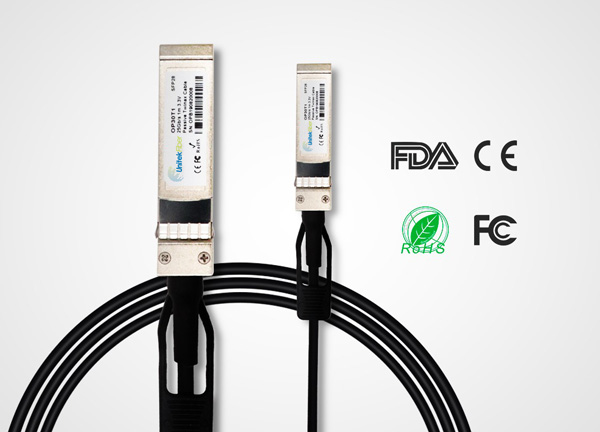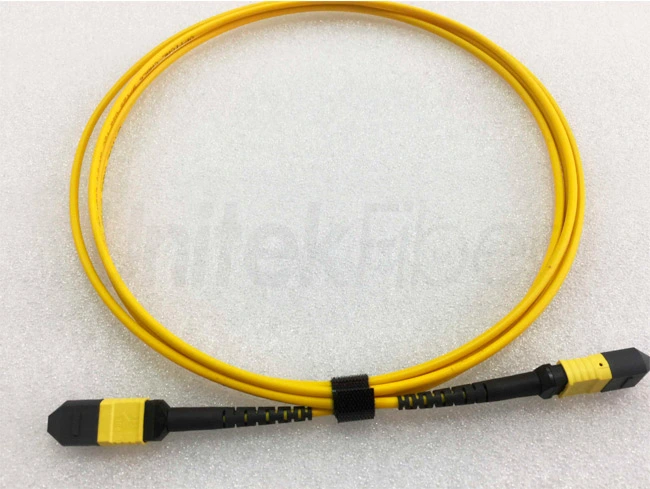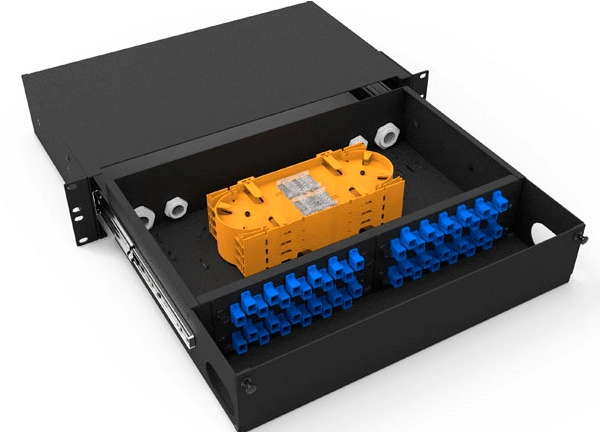
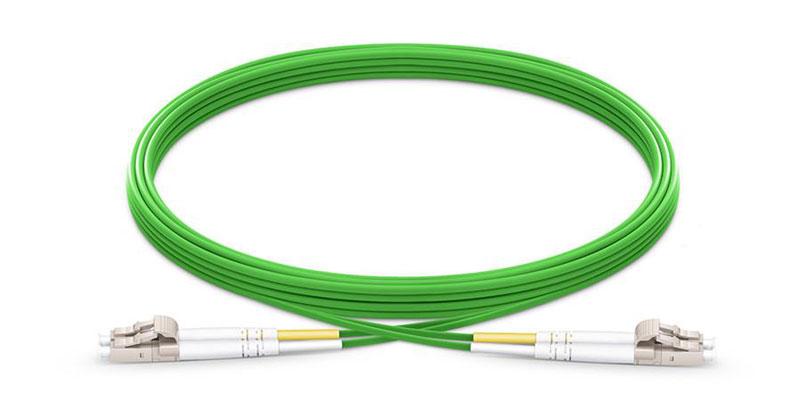
In optical communications, "OM" refers to "Optical Multi-mode". Optical mode is a standard for multimode fibers to indicate fiber grades. At present, the fiber optic jumper standards defined by TIA and IEC include OM1, OM2, OM3, OM4, and OM5.
First, what is multimode and single mode?
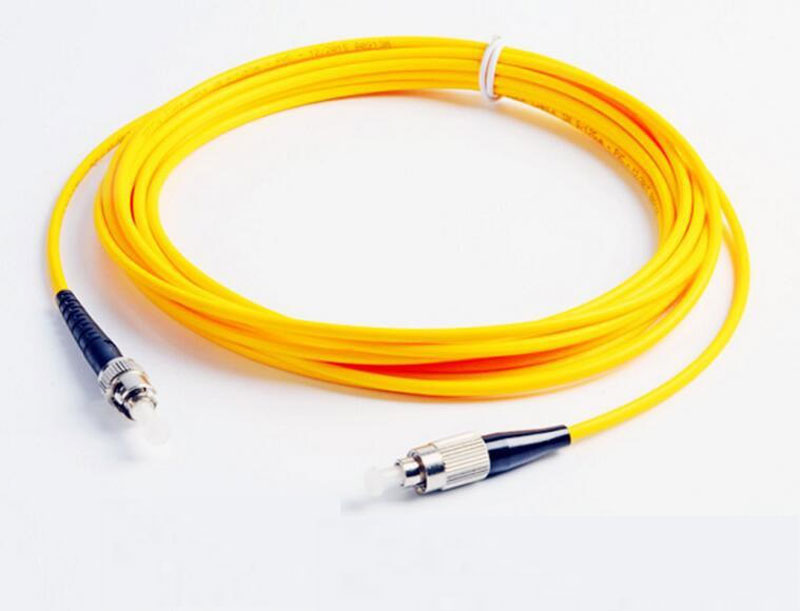
Single Mode Fiber (Single Mode Fiber) is an optical fiber that allows only one mode of transmission, with a core diameter of about 8-9 μm and an outer diameter of about 125 μm. Multimode Optical Fiber (Multimode Optical Fiber) allows different modes of light to be transmitted on a single fiber with core diameters of 50 μm and 62.5 μm. Compared with multi-mode fiber, single-mode fiber can support longer transmission distance. In 100Mbps Ethernet and 1G Gigabit network, single-mode fiber can support more than 5000m transmission distance. Multimode fiber is only suitable for medium and short distance and small capacity optical fiber communication systems.
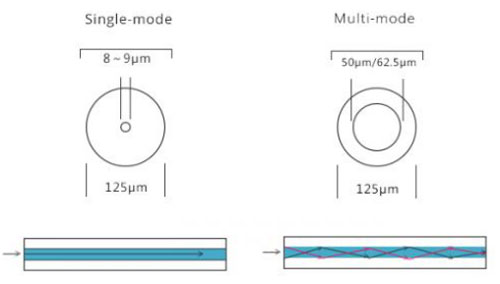
What is the difference between OM1, OM2, OM3, OM4, OM5?
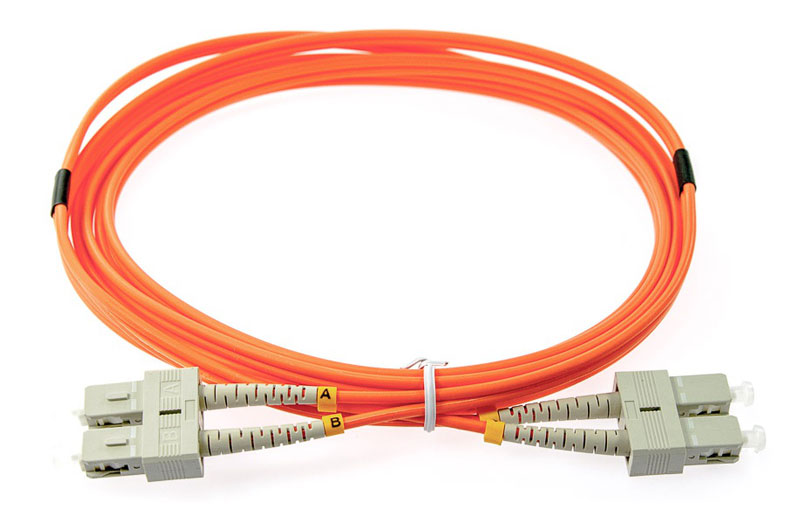
In general, OM1 is a conventional 62.5 / 125um; OM2 is a conventional 50 / 125um; OM3 is a 850nm laser-optimized 50um core diameter multimode fiber. In a 10Gb / s Ethernet using 850nm VCSEL, the fiber transmission distance can reach 300m; OM4 is an upgraded version of OM3. OM4 multimode fiber optimizes the differential mode delay (DMD) of OM3 multimode fiber during high-speed transmission, so the transmission distance has been greatly improved. The fiber transmission distance can reach 550m; OM5 The optical fiber jumper is a new standard for optical fiber jumpers defined by TIA and IEC. The fiber diameter is 50/125 μm. Compared with OM3 and OM4 fiber optic jumper, OM5 fiber optic jumper can be used for higher bandwidth applications. The bandwidth and maximum distance are different when transmitting at different levels.
What is OM5 fiber jumper?
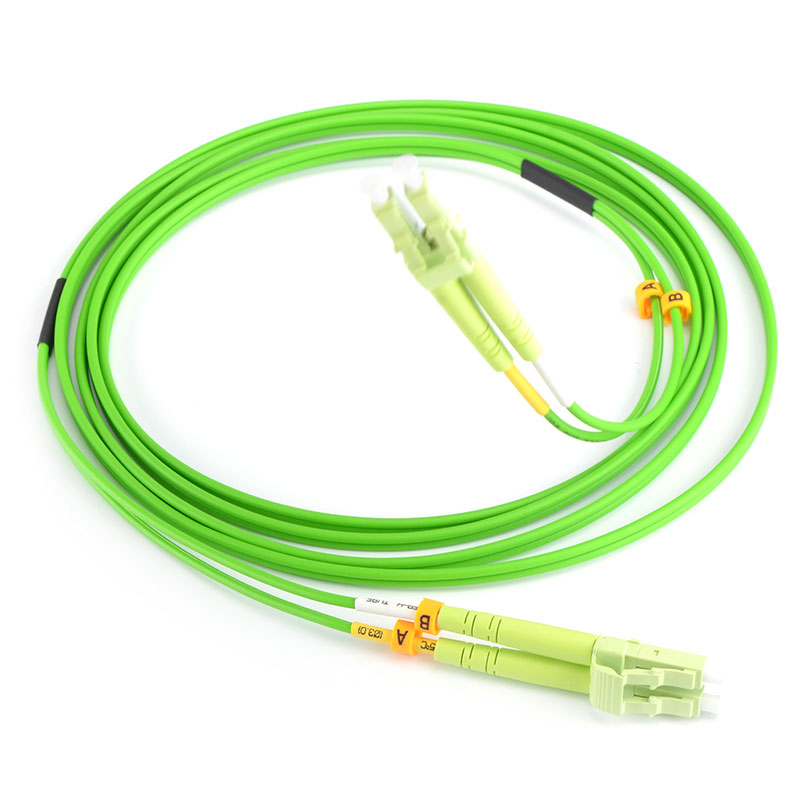
OM5 optical fiber is called Broadband Multimode Fiber Patch Cord (WBMMF), which is a laser-optimized multimode fiber (MMF) that specifies bandwidth characteristics for wavelength division multiplexing (WDM). The purpose of this new fiber classification method is to support a variety of "short" wavelengths between 850nm and 950nm, wavelengths in this range are suitable for high bandwidth applications after aggregation. The design of OM3 and OM4 is mainly to support a single wavelength of 850nm.
Difference from OM3, OM4?
1. Different sheath colors
In order to distinguish between different fiber jumpers, different color outer jackets are used. For non-military use, single-mode optical fibers generally use a yellow outer sheath. In the multimode fiber, OM1 and OM2 are orange, OM3 and OM4 are water blue, and OM5 is water green.
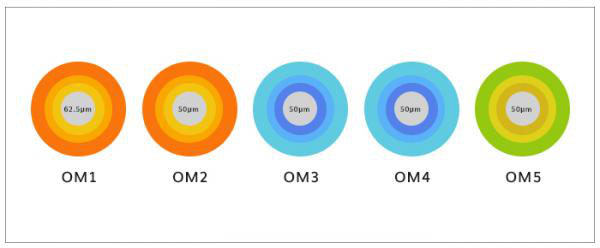
2. Different applications
OM1 and OM2 have been widely deployed in buildings for many years. They support 1GB Ethernet transmission. OM3 and OM4 fiber optic cables are usually used in data center wiring environments. They support 10G and even 40 / 100G high-speed Ethernet. Transmission. OM5 is designed for 40Gb / s and 100Gb / s transmission, which can reduce the number of optical fibers for high-speed transmission.
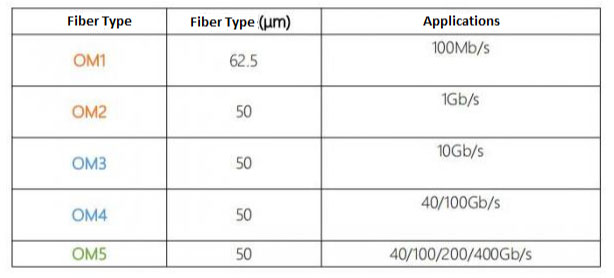
Features of OM5 multimode fiber
1. Fewer fibers support higher bandwidth applications
The working wavelength of OM5 fiber jumper is 850 / 1300nm, and it can support at least 4 wavelengths. The usual operating wavelengths of OM3 and OM4 are 850nm and 1300nm. That is to say, the traditional OM1, OM2, OM3, and OM4 multimode fibers have only one channel, while the OM5 has four channels, and the transmission capacity is increased by four times. Combining short-wavelength wavelength division multiplexing (SWDM) and parallel transmission technologies, OM5 only needs 8-core broadband multimode fiber (WBMMF) to support 200 / 400G Ethernet applications, greatly reducing the number of fiber cores. Reduced the cost of network wiring to a certain extent.
2. Longer transmission distance
The transmission distance of OM5 fiber is longer than that of OM3 and OM4. OM4 fiber is designed to support at least 100 meters in length and 100G-SWDM4 transceivers. But OM5 fiber can support up to 150 meters in length with the same transceiver.

3. Lower fiber loss
The attenuation of the OM5 broadband multimode optical cable is reduced from 3.5 dB / km of the previous OM3 and OM4 optical cables to 3.0 dB / km, and the bandwidth requirement at the 953nm wavelength is increased.
OM5 has the same fiber size as OM3 and OM4, which means that it is completely compatible with OM3 and OM4. If you want to apply OM5 to the existing wiring, you do not need to change it. OM5 fiber is more scalable and flexible, and can support higher-speed network transmission with fewer multimode fiber cores, and the cost and power consumption are much lower than single-mode fiber. Therefore, it will be widely used in 100G 400G / 1T super large data center.

